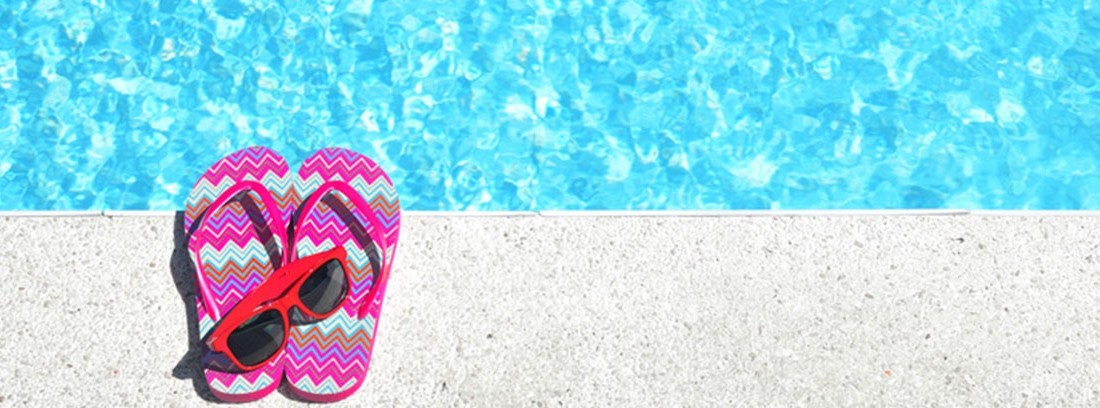Fungal skin infections

How are they produced?
In general, fungi are microorganisms that grow best on. Therefore, many mycoses they are usually contracted in public places such as swimming pools, showers, or locker rooms, places frequented by many people and where the required conditions of humidity and heat exist.
In addition, fungi can behave like opportunistic germs, that is to say, they take advantage of a situation in which the patient has a decrease in his defenses. This occurs, for example, in elderly patients, diabetics or patients treated with cancer drugs (chemotherapy) among others.
Symptoms
Depending on the area of skin affected, the main mycoses are:
- Tinea pedis or: occurs when fungi infect the feet. The most common form is manifested with itching, flaking and sometimes a bad smell between the toes. In other forms the appearance is dry and scaly all over the sole of the foot.
- Nail tinea or onychomycosis: its frequency increases after the age of 50. When it affects the feet, the first toes are the most frequently infected. The most frequent form manifests as a brown or yellowish spot at the end of the nail, which grows and progresses slowly towards the base of the nail. It is common for the nail to thicken, and a powdery material forms inside. In the hands, the most frequent form affects the sides of the nail, and it is typical that it happens in people who wet their hands a lot. It is usually accompanied by inflammation and suppuration in the surrounding skin (paronychia or "nail").
- Tinea corporis or circinate herpes: infection that affects any area of the body. It is manifested by ring-shaped plaques that flake off at the edge and heal through the center. They may be single or multiple. It is common to get it from infected animals (cats, rabbits, etc.).
- Tinea manuum or ringworm of the hands:: so called when it affects the hands.
- Tinea capitis or querion: fungal infection of the scalp it usually manifests as highly inflamed and suppurative plaques. They can cause irreversible destruction of hair and areas of alopecia (bald spots) if not treated in time.
Diagnosis
In most cases these infections only with the scan. If there are doubts with other diagnoses, a scraping off flaking they produce for culture or microscopic examination. At other times, a small biopsy may be done.
Treatment
There are various active antibiotics Against fungi (antifungals) that can be used topically (in cream) or orally (in pills). The type of infection and its extension will indicate one route or another. In general, antifungal they are usually taken longer than antibiotics against other germs such as bacteria.
Precautionary measures
Regarding the foot infections (athlete's foot) prevention is aimed at the use of flip-flops in public places such as showers, swimming pools, changing rooms, etc., especially in athletes who regularly frequent them. In addition, it is easy for the fungus to grow if there are conditions of humidity and heat, so it is advisable to take some time after you shower to dry your feet well, and you should wear footwear that facilitates perspiration.
(Updated at Apr 14 / 2024)